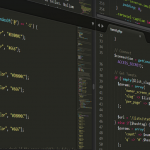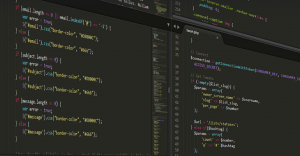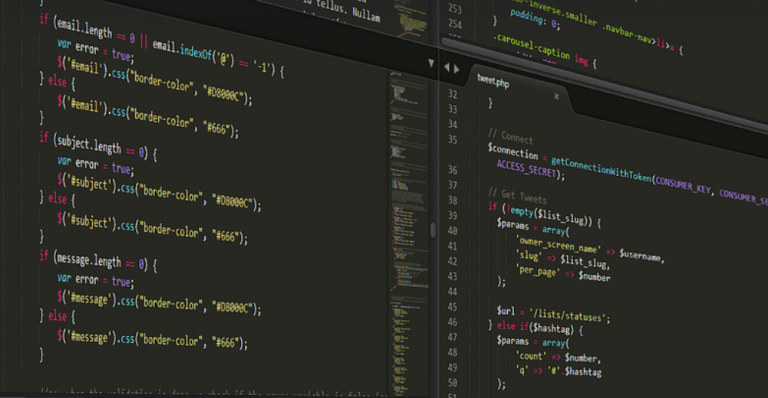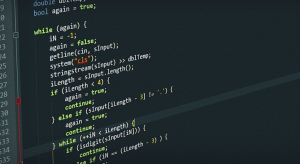A Beginner’s Guide to The Scientific Method
Have you ever looked at the world around you and wondered, “Why does it work this way?” Maybe you’re curious about how plants grow or how airplanes fly. You’ve likely pondered questions about our universe, from its vastness and secrets to the very existence of life itself. But what makes some questions easier to answer than others? How can we unravel the mysteries of the world around us?
The answer lies in the power of science! It’s a process that helps us understand our world through observation, experimentation, and analysis. The scientific method is like a blueprint for solving problems and answering questions using evidence-based arguments.
First, let’s break down this fascinating process into manageable steps. It all begins with a question about something you observe, whether it’s the growth rate of flowers or how wind affects your kite. This question needs to be specific enough that we can pinpoint what exactly we need to investigate.
Just like a detective meticulously searching for clues, we begin by observing our subject carefully. We want to gather as much information about it as possible to better understand its behavior and characteristics. We might find patterns in the growth rate of plants, observe how the wind interacts with the kite, or even analyze the ingredients in a favorite recipe.
Next comes the crucial stage of formulating a hypothesis. This is essentially our educated guess about how things work. It’s based on what we have observed so far and should be testable through an experiment. A good hypothesis is clear, concise, and can be confirmed or refuted through further investigation.
To test our hypotheses, we delve into the realm of experimentation! This involves designing a controlled experiment to isolate and observe specific variables. For example, if you hypothesize that adding fertilizer will increase plant growth, you could create two groups of plants: one receiving fertilizer and another not. Then, carefully monitor both groups over time, tracking their growth rates.
The excitement lies in the control group! It’s crucial to have a baseline for comparison, ensuring we can isolate the effects of our added fertilizer on the plant’s growth. This meticulous process helps us eliminate other potential causes for changes and focus solely on the effect of the variable we’re studying.
But the real magic happens in the analysis phase. Here’s where we take all the data we’ve gathered, sort through it, look for patterns and trends, and draw conclusions based on the evidence. We’ll use statistical tools to help us understand the significance of our findings, ensuring they are not just coincidental.
Finally comes the crucial step of communication! Sharing our discoveries is vital to advance scientific knowledge and understanding. It can be as simple as writing a report or presenting it at a conference. Whether you’re working with colleagues in a lab or sharing your findings on social media, effectively communicating our conclusions empowers others and contributes to the collective body of knowledge.
How to Know Which Questions Can Be Answered Scientifically
The beauty of science is that it’s not just about finding answers; it’s also about asking better questions. There are some key aspects to consider when we decide if a question is suitable for the scientific method:
**1. Measurable and Testable:** A good question must have measurable or quantifiable elements that can be tracked or observed in an experiment. It’s like setting a goal, but with specific criteria for progress and success. For instance: “How does temperature affect the growth rate of bacteria?” – It’s testable by carefully controlling the temperature of different bacterial cultures.
**2. Based on Evidence:** Science thrives on evidence! A good question will be rooted in existing knowledge or observations, suggesting a possible gap in our understanding and offering space for exploration. For example: “Why do some people have allergies while others don’t?”. We can investigate this through the study of immune systems.
**3. Falsifiable:** A good question should be falsifiable, meaning that there must be a possibility of testing and proving it false. If we cannot prove a hypothesis wrong, our research might not be truly scientific! For example: “Is the Earth flat?” – We can easily disprove this through observing curved objects on earth or images from space.
**4. Open to Further Research:** A good question should spark curiosity and encourage further research. It should raise more questions, not just provide answers. The scientific process is about finding insights into the universe; asking new questions opens doors for deeper exploration! For example: “What are the ethical implications of using artificial intelligence in medicine?”.
These four factors are essential to determine if a question can be tackled using the scientific method. However, it’s important to remember that even when a question is not directly answerable through traditional science, it can still inspire and provoke us to think critically about the world.
The Power of Science: Beyond Simple Answers
While science seeks to provide answers, it often leads us down unexpected paths. The scientific process is more than just finding simple solutions; it’s a journey of discovery that challenges our assumptions and expands our understanding of the universe. This journey can be filled with surprises! For instance, in the early 20th century, scientists thought they were discovering the fundamental building blocks of matter (atoms). Later experiments revealed a more complex reality – there are subatomic particles like quarks that interact in unique ways.
The scientific method is not about finding definitive answers. It’s an ongoing process of exploration and discovery where questions lead to new questions, pushing us to explore the boundaries of knowledge and understanding. It’s about embracing uncertainty, asking challenging questions, and learning from our mistakes! The beauty of science lies in its ability to challenge us to look beyond what we see and embrace the unknown.















